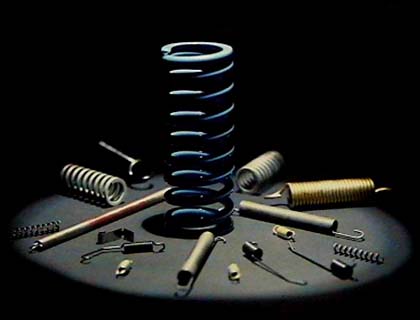Exclusive for the Daily Outlook Afghanistan
Manufacturing competitiveness depends heavily on the government's application of export controls. Export controls are a principal means of defending a nation's high technology advantage over potential adversaries. In the United States it has been 23 years since the last major re-write of the Export Administration Act ("EAA"), the legislation that provides the basic authority for the President to control exports. In the interim, U.S. practices have become ineffective and inefficient. Unless there is an update of the export control system, lack of coordination will decrease international manufacturing competitiveness.
During the Cold War, the export controls of the U.S. and its allies successfully isolated the Soviet Union and denied — or at least delayed — its acquisition of the high technology necessary to strengthen its military.
Today, there is no longer unanimity among allies about the nature of the threats faced. Nor is there any longer a U.S. veto that can be wielded when there is disagreement. The current export control forum, the Wassenaar Group, is mostly concerned with keeping dangerous technology out of the hands of terrorists and rogue states.
However, some potential adversaries do not fit the Wassenaar Group profile. For example, China and Russia are certainly not rogue states, though the U.S. Government retains a restrictive licensing policy towards them. In fact, the U.S. Government is consistently more limiting than its European allies with regard to licenses for products and technologies destined for markets like China. Delays combined with foreign availability of products have meant lost business for U.S. firms and trade frictions with China.
Take example: China is the largest and fastest growing machine tool market in the world. The U.S. still tightly licenses five-axis machine tools, because they are considered to be the most sophisticated. U.S. export licenses can take from six months to a year to gain government approval. The Swiss, Germans, and Italians readily take advantage of this delay by licensing products with identical capabilities in weeks. Over the past decade the U.S. has lost 50 percent of its share in this fast-growing market, with domestic Chinese and foreign producers grabbing the lost market share. At the same time, the domestic U.S. market has shrunk by 50 percent. The effect on the U.S. defense industrial base has been predictably negative.
Similar problems have occurred in semiconductor manufacturing equipment and scientific instruments. Without the cooperation between allies, the export control system cannot work. It costs American jobs and does not accomplish its objectives.
The U.S. Government may view China as a potential threat and seek to deny it the highest levels of technology, but many countries stand ready to supply China with whatever products and technology it wishes to acquire. The key issue is to develop an effective export control system that also receives support from other high technology exporting nations.
In the summer of 2009, President Obama told his cabinet that he wanted to change export controls. The Government is now working on reforms to provide a better definition of items on the military-oriented Munitions List and those which constitute dual use technologies. Other reforms plans deal with encryption, the mechanics of license processing, with speeding up licensing time and, most importantly, with shortening the list of products that require an individual validated license.
These reforms are a good first step. Export controls can be more relevant and effective if they are targeted and administered better. But more needs to be done by the Congress in concert with the Administration:
1. We need a better defined purpose for export controls, which our allies are willing to support.
2. We need to broaden the list of countries to which we have few or no controls, so that we can concentrate our efforts on rogue nations such as Iran and North Korea.
3. Export control implementation must be restructured. Combining and better defining the control lists should reduce endless inter-agency debates and shorten company waiting periods.
Our current system does not make sense for the 21st Century. The President deserves strong Congressional support in his efforts to harmonize and rationalize a licensing system that neither serves our national security nor our economic interests effectively. For the sake of a revitalized manufacturing sector, this is one of the few issues upon which both parties as well as the executive and legislative branches should be able to agree.

